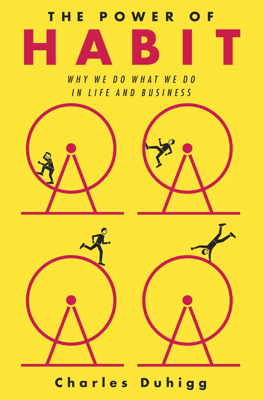The Craving Brain: How to Create New Habits
Claude Hopkins, a brilliant advertising executive, successfully popularized Pepsodent toothpaste by transforming an ordinary dental hygiene activity into a habitual behavior through sophisticated advertising. His campaign hinged on identifying a compelling cue ("tooth film") and linking it to a rewarding outcome (clean and beautiful teeth), thereby producing a habitual behavior built on the craving for these results.
Cue, Routine, Reward, and Craving form the essential parts of the habit loop:
- Cue: Hopkins used the everyday sensation of tooth film as a cue.
- Routine: Brushing teeth with Pepsodent.
- Reward: The immediate sensation of a clean, refreshing mouth.
- Craving: The anticipation of the mouth feeling clean and refreshed.
Hopkins discovered the consumer craving for a refreshing oral sensation, which was not just about the visual appeal of clean teeth but the feel and taste Pepsodent left in the mouth. By emphasizing the sensory reward of using Pepsodent, his ads created a strong craving for this sensation, which in turn made tooth brushing a daily habit for millions.
Key Insights from Hopkins' Campaign:
- Identification of a Simple Cue: Hopkins pinpointed a universally relevant cue (tooth film), making it highly effective.
- Association with a Clear Reward: By promising aesthetically pleasing and clean teeth, the campaign directly catered to public vanity and health consciousness.
- Development of a Craving: The minty, tingling sensation Pepsodent left behind was not just a reward but created an anticipatory craving, reinforcing the habit loop each time the cue emerged.
Broader Impact on Habit Formation Strategies:
Hopkins' approach has been emulated across various industries, influencing marketers to instill habits by focusing on the craving element within the habit loop. This strategy underscores that while cues and rewards are essential, the craving for a reward is what fuels habit formation and longevity. This nuanced understanding of human psychology in habit development has led to innovative marketing practices and products designed to fit seamlessly into established routines. By leveraging the craving for sensory rewards, products can embed themselves into daily habits, achieving lasting consumer adoption.
